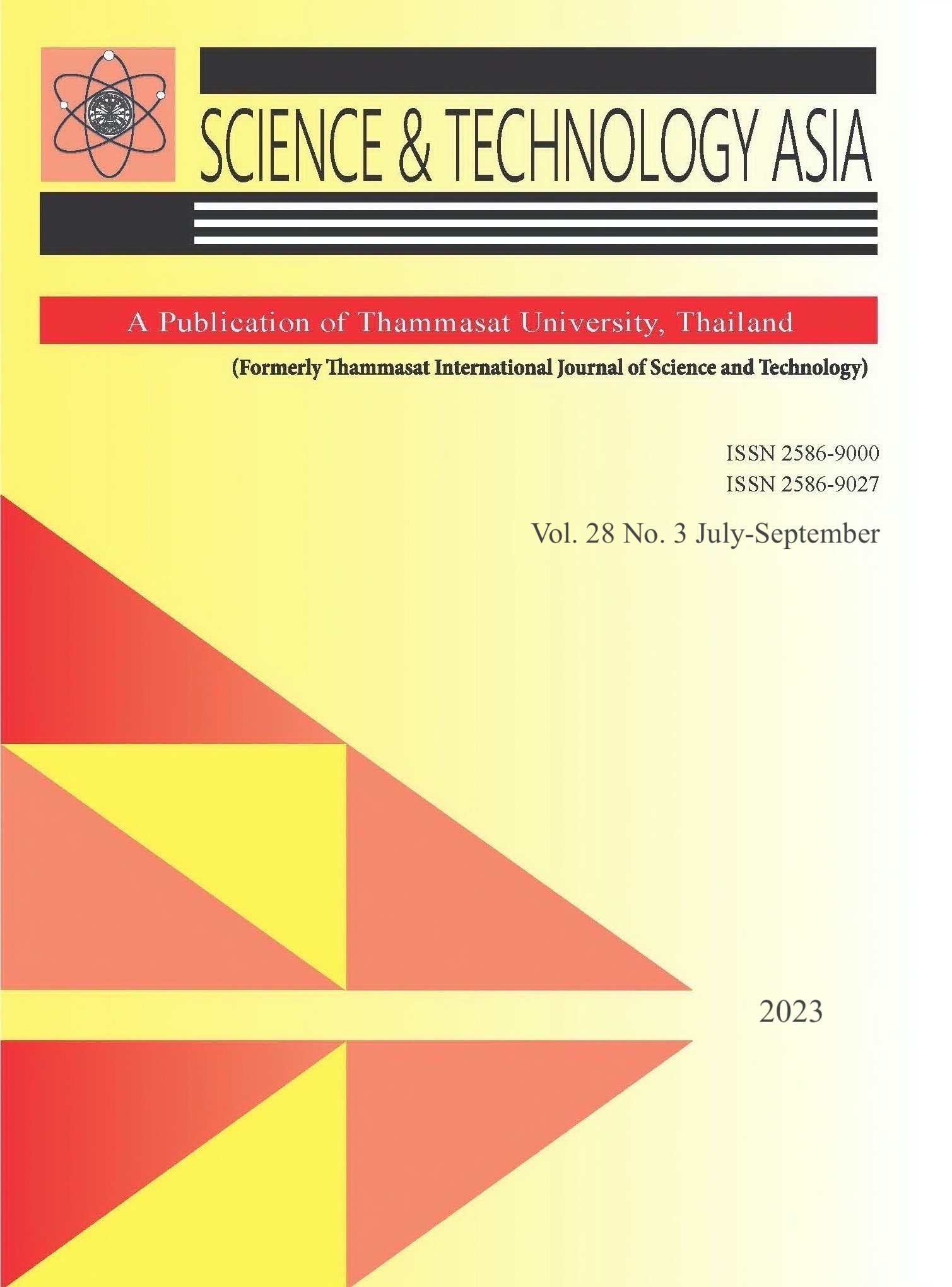Quantitative Study of the Effect of Leaf Harvesting Time on Its Edge Curvature
Main Article Content
Abstract
Once a leaf is harvested from a plant, its water source is eliminated, and thus the process of leaf dehydration begins. The reduction in water availability induces a stress-coping mechanism in the plant, which lowers leaf water potential, thereby instigating leaf contraction. It is observed that the curvature of the leaf edge directly correlates with the time passed since harvesting. Curvature is geometrically defined as the instantaneous rate of change of direction of a moving point on the curve. In this research, we attempted to quantify such increases by determining the numerical curvature of each point on leaf edges. Experiments are performed on harvested Magnolia × alba leaves, and data on pointwise curvatures are collected. The collected data is Poisson-regressed. We then perform 3 statistical analyses: Pearson goodness-of-fit test to ensure that curvature is Poisson-distributed, difference of mean testing to ensure that the curvatures truly change, and test for randomness to assess whether curvature value is correlated with the position on the leaf edge. As expected, the average curvature for each leaf constantly increases as a function of time. Furthermore, the distribution of leaf edge curvatures is well-approximated by Poisson distribution, where the rate 𝜆 is calibrated using average curvature. Lastly, there is significant relationship of curvature between any two points on the same leaf as desired. This suggests that the increment of leaf edge curvature is a Poisson process, a finding applicable to computer graphics, leaf hydraulic system simulation, and leaf age detection.
Article Details

This work is licensed under a Creative Commons Attribution-NonCommercial-NoDerivatives 4.0 International License.
References
Li X, Li Y, Zhang Z, Li X. Influences of environmental factors on leaf morphology of Chinese jujubes. PloS one. 2015 May 28;10(5):e0127825.
Maylani ED, Yuniati R, Wardhana W. The Effect of leaf surface character on the ability of water hyacinth, Eichhornia crassipes (Mart.) Solms. to transpire water. InIOP Conference Series: Materials Science and Engineering 2020 Jul 1 (Vol. 902, No. 1, p. 012070). IOP Publishing.
Oertli JJ. The response of plant cells to different forms of moisture stress. Journal of plant physiology. 1985 Jan 1;121(4):295-300.
Federer H. Curvature measures. Transactions of the American Mathematical Society. 1959;93(3):418-91.
Sternberg S. Lectures on differential geometry. American Mathematical Soc.; 1999.
Poisson SD. Probabilité des jugements en matière criminelle et en matière civile, précédées des règles générales du calcul des probabilitiés. Paris, France: Bachelier. 1837;1:1837.
Wilcoxon F. Some uses of statistics in plant pathology. Biometrics Bulletin. 1945;1(4):41-5.


